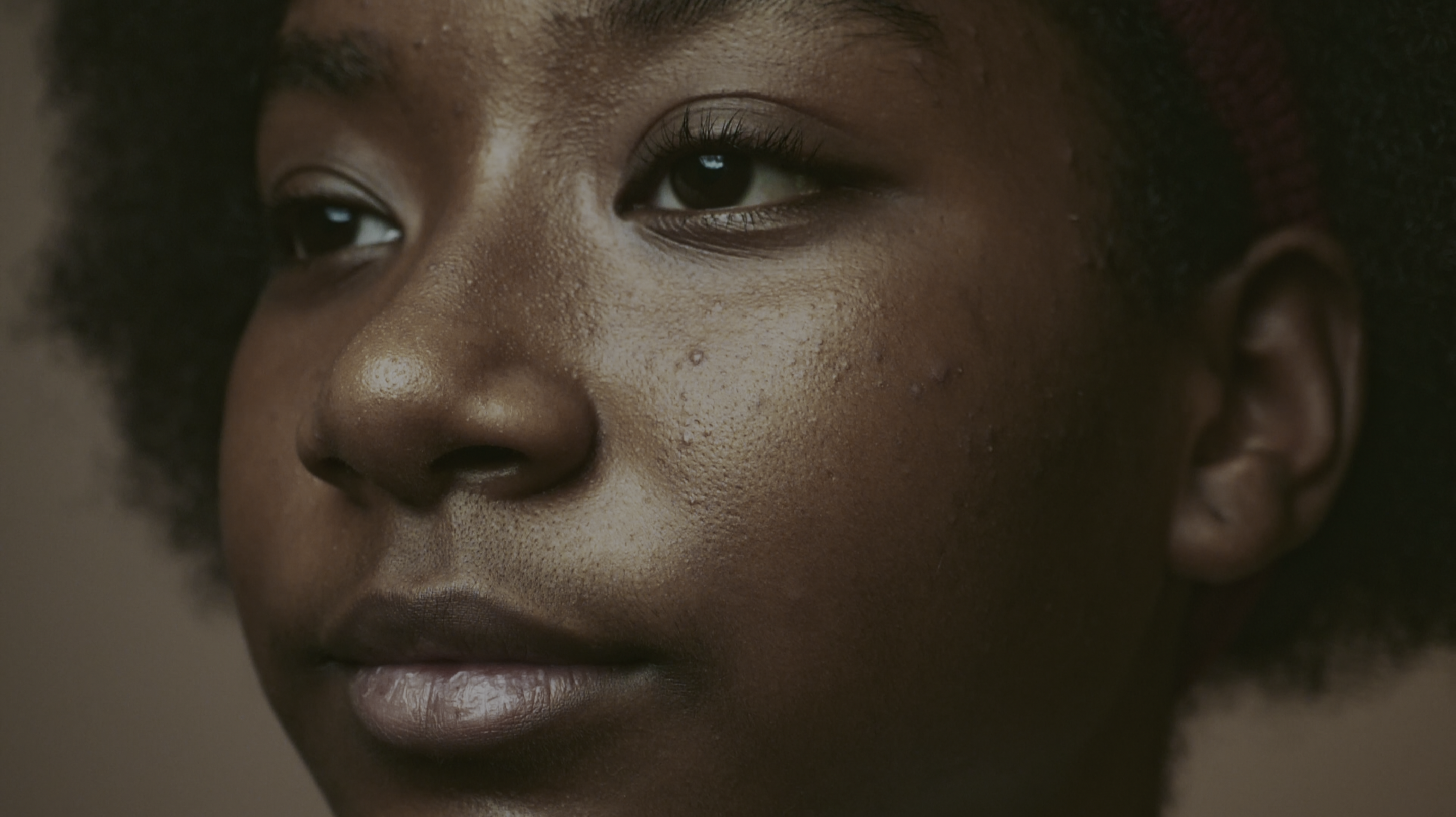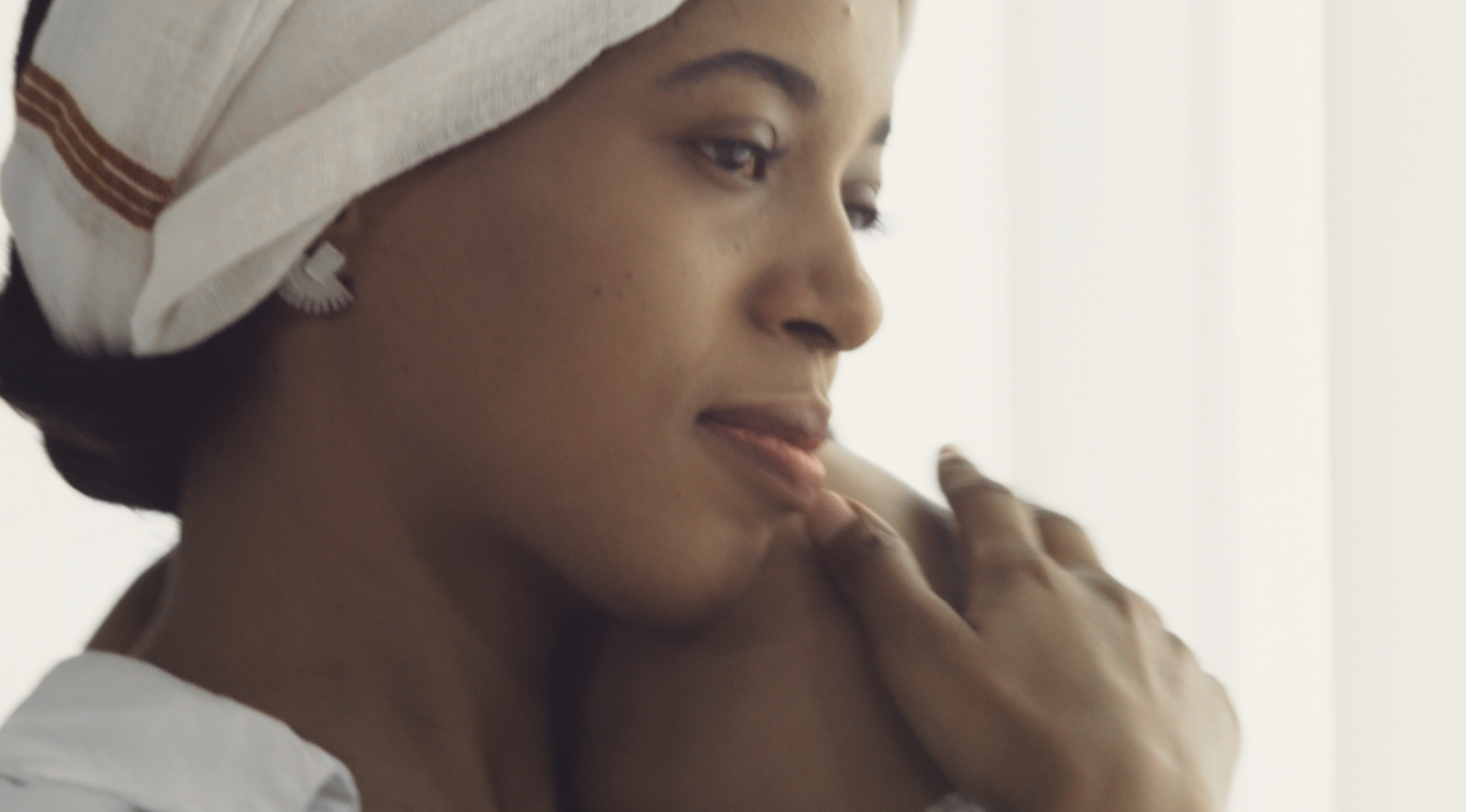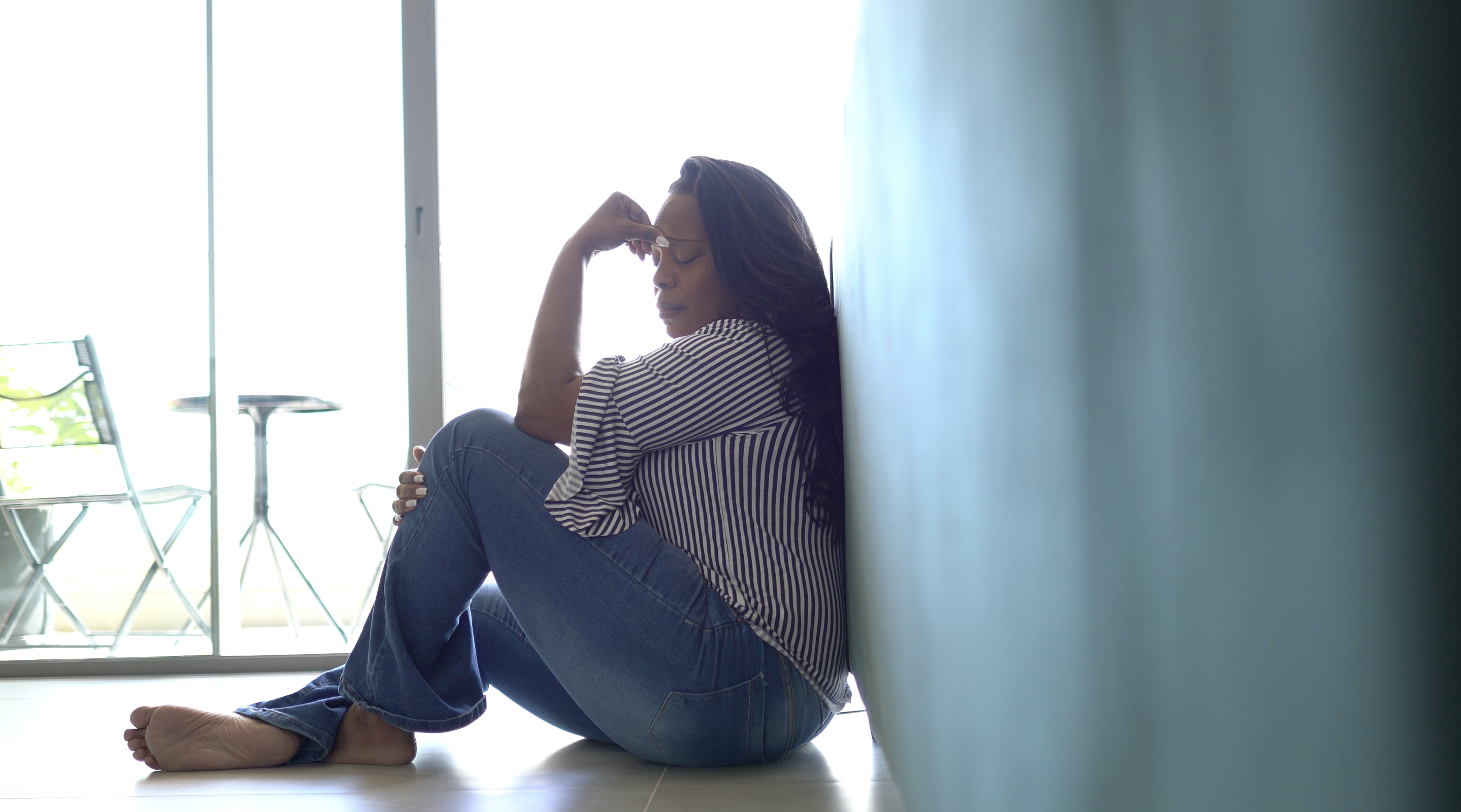Breaking Down
Mental Blocks
Delivering Crucial Care

“Our beliefs shape how we view what it means to be in therapy,” said Dr. Tamara Nelson, director of the Resilience, Equity, and Community Health Research Program and assistant professor of psychology at Rutgers–Camden. Nelson has focused her career on exploring how contextual and cultural factors influence mental health and treatment-seeking behaviors among different racial and ethnic groups. Her interdisciplinary research involves quantitative and qualitative methodologies. “A lot of this work comes from wanting to unpack the how and the why behind attitudes and decisions about mental health care,” Nelson said.

Tamara Nelson, PhD, MPH, assistant professor in the Department of Psychology at Rutgers University–Camden.
Tamara Nelson, PhD, MPH, assistant professor in the Department of Psychology at Rutgers University–Camden.

There are multiple reasons why minorities and people of color may choose to forego help when facing behavioral health crises, including the general inaccessibility of mental health services, cultural stigma, a lack of diversity among providers, and an overall lack of awareness. Regardless of the reasons behind it, the result is troubling: The National Alliance on Mental Illness found that more than 60 percent of Black people believe that a mental health condition is a sign of personal weakness, and a recent study by the American Psychiatric Association revealed that among adults with any mental illness, 48 percent of whites received mental health services, compared to only 31 percent of Blacks and Hispanics, and 22 percent of Asians. The APA noted that lack of cultural understanding by health care providers may contribute to underdiagnosis or misdiagnosis of mental illness in people from ethnically diverse populations.
Understanding why people from racially and ethnically diverse populations may not seek mental health treatment and addressing those gaps has become even more important in a post-pandemic world, as more and more people discover that the added stress of the last several years has left them feeling unsettled. The initial conditions of the pandemic led many to feel isolated from the outside world as life locked down; essential workers who could not stay home during the worst of the pandemic often experienced fear and uncertainty.
Fast forward to the current day, when routines and habits seem to be returning to a new normal, even as the threat of COVID-19 still exists. Not surprisingly, an APA report found that about half of U.S. adults surveyed said that the uncertainty of the pandemic has made planning for the future seem problematic, and that stress around decision making is especially tough for young adults and people of color.





In her research, Nelson has examined the degree to which cultural identity and certain social norms affect both a person’s view of mental health and the decision to seek treatment, and why such behavior is a logical and appropriate response for some. In “Association between superwoman schema, depression, and resilience: The mediating role of social isolation and gendered racial centrality,” which was accepted for publication in 2022 in the APA’s Cultural Diversity and Ethnic Minority Psychology journal, Nelson took a focused look at African American women and the “Strong Black Woman” or “Superwoman” narrative, which holds Black women to the framework of being selfless and resilient providers, caregivers, and homemakers in the face of systematic oppression and unyielding difficulties. “Yes, it is an identity – but it is also a coping response to gendered, racialized oppression,” says Nelson.
The challenge is that some of the characteristics of the “Strong Black Woman” narrative are beneficial, even as others may prevent Black women from seeking help when life becomes too overwhelming. “We know that adherence to these characteristics in part is associated with decreased help-seeking attitudes,” Nelson says. “But there is nuance in that. What I found in my own research is that it isn’t clear cut, because some characteristics of the Superwoman schema are associated with resilience, overcoming obstacles, grit, and positive ethic identity.” In other words, characteristics that can help women of color not just persevere through challenges, but achieve and thrive in many different circumstances.
Attitudes toward seeking help are not the only variable in this equation that can vary for racially and ethnically diverse individuals. The symptoms and how a problem presents itself can be different from traditional expectations as well. For example, the most common indicators used to help identify depression include feeling sad or depressed, irritability, a loss of interest in pleasure, or even thoughts of suicide, all day, every day, for more than two weeks. “In interviews I’ve done for my qualitative work,” noted Nelson, “Black women have told me that they just don’t have time for that because they have to work, they have to provide for and feed their families, and care for their communities, and even though they may acknowledge [their symptoms], ‘I’m still moving,’ ‘I’m still functioning.’” The medical and therapeutic community is beginning to realize it needs to conceptualize some things differently when working with culturally diverse patients, she adds.

Ideally, Nelson would like to see people of racially and ethnically diverse backgrounds seek treatment before a manageable situation becomes a crisis. A key to making this happen is to move beyond the stigma and reframe the experience to align with what it really is – methods and practices based in research designed to address genuine medical concerns. In other words, emphasizes Nelson, “recognizing that psychological treatment is talk therapy, but it also uses science to understand the ways that we treat these conditions.”
Increasing the available pathways to treatment can more directly address the issue. Dr. Daniel Lee, director of the Rutgers–Camden Wellness Center, said that he and his staff have been challenged to think differently when reaching someone is struggling with a mental health issue, including developing ways to increase connection and belonging to promote the construction of healthy relationships.
“If they’re not going to ask for help, we have to create opportunities to infuse help and support in a variety of ways.”
Partnerships between behavioral health professionals and trusted institutions within minority communities have become one method of reaching out to those who might need help. Movements like The Confess Project or Barbershop Therapy – which trains Black barbers to become mental health advocates – seek to identify individuals experiencing mental distress and connect them to professional care in safe and trusted environments. Programs offered through churches and other traditional community institutions have also found success in breaking down the stigma, and younger generations who have come of age in a time when mental health is more candidly discussed are less afraid of the process. Taken together, these changes are helping to change cultural norms.

The Confess Project of America is the national organization supporting local chapters that train barbers and stylists to become mental health advocates, with the mission to build awareness and break stigmas around mental health within the Black community.
The Confess Project of America is the national organization supporting local chapters that train barbers and stylists to become mental health advocates, with the mission to build awareness and break stigmas around mental health within the Black community.
“People – in particular in the Black community – who have spoken out about their own experiences with mental health conditions have been so pivotal in making it okay,” says Nelson.
Nelson is eager to see her research continue to have an impact and is hopeful that over time people of color will begin to understand that the purpose of seeking help for a mental health challenge is to enhance an individual’s quality of life – physically and emotionally. She insists that professionals need to be more creative about how and where they connect with patients. “It is important to understand that we need to make the case for mental health treatment. We need to frame mental health treatment in a way that excites people to seek help,” Nelson said.
“People need to understand it’s not a white thing or a Black thing. It’s a human thing.”

Creative Design: Karaamat Abdullah
Photography: Ron Downes Jr.